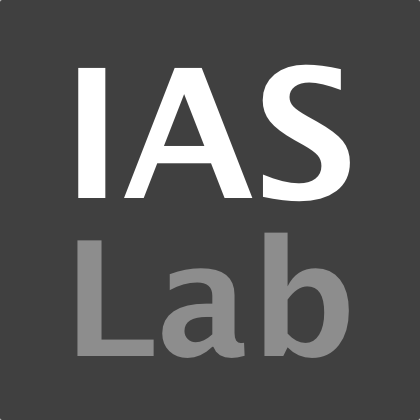
Ph.D. Student (Computational Science)
Research Interests:
- Multimodal Machine learning
- Sensor Fusion
- Vehicle Autonomy
- Split Computing
- Slimmable Neural Networks
- Deep Reinforcement Learning
- Adaptive Dynamic Deep Neural Networks
Email: tjohnsen@uci.edu
Education:
- Current – Ph.D. Student in Computational Science, University of California, Irvine, USA
- 2021 – Master of Data Analytics, San Jose State University, USA
- 2018 – B.S. in Applied Physics, University of California, Irvine, USA
Primarily, I focus on leveraging multiple sensor modalities, integrated with AI/ML, for a given scientific or engineering task — and optimizing any resulting human cyber physical system ecologies. More specifically, I develop perception-based neural networks to process an amalgam of local and global data, which can then be used by a downstream model tasked with some sort of (semi-)autonomous decision making, science, and exploration. A key mechanism in my research is to: (1) train a neural network with high-performance computing, exploring the high dimensional feature-space inherent in multi-modal data; and then (2) reduce the computational overhead of executing the network during inference, making the model more efficient and deployable to resource-constrained devices typical in remote robotics. The core novelty of my thesis is in the development of Adaptive Dynamic Deep Neural Networks (ADDNN), which intelligently scale down the number of computations, active sensors, and other parameters, in response to perceived context and difficulty of a scenario, on a case-by-case basis. Within Dr. Levorato’s lab, I combine slimmable networks with split computing for adapative, efficient drone autonomy.
Publications:
- T. K. Johnsen, M. Yang, I. Harshbarger, M. Mendula, and M. Levorato, “Smartdepth: Motion-aware depth prediction with intelligent computing for navigation,” in 2025 IEEE 21st International Conference on Distributed Computing in Smart Systems and the Internet of Things (DCOSS-IoT), IEEE, 2025.
- T. K. Johnsen and V. C. Gulick, “Single and multi-mineral classification using dual-band raman spectroscopy for planetary surface missions,” American Mineralogist, 2024.
- T. K. Johnsen, I. Harshbarger, and M. Levorato, “An overview of adaptive dynamic deep neural networks via slimmable and gated architectures,” in 2024 15th International Conference on Information and Communication Technology Convergence (ICTC), pp. 252–256, IEEE, 2024.
- T. K. Johnsen, I. Harshbarger, Z. Xia, and M. Levorato, “Navisplit: Dynamic multi-branch split dnns for efficient distributed autonomous navigation,” in 2024 IEEE 25th International Symposium on a World of Wireless, Mobile and Multimedia Networks (WoWMoM), pp. 196–201, IEEE, 2024.
- T. K. Johnsen and M. Levorato, “Navislim: Adaptive context-aware navigation and sensing via dynamic slimmable networks,” in 2024 IEEE/ACM Ninth International Conference on Internet-of-Things Design and Implementation (IoTDI), pp. 110–121, IEEE, 2024.
- Johnsen, Timothy K., Mark S. Marley, and Virginia C. Gulick. “A Multilayer Perceptron for Obtaining Quick Parameter Estimations of Cool Exoplanets from Geometric Albedo Spectra.” Publications of the Astronomical Society of the Pacific 132.1010 (2020): 044502.
- Johnsen, Tim K., and Jerry Z. Gao. “Elastic net to forecast COVID-19 cases.” 2020 International Conference on Innovation and Intelligence for Informatics, Computing and Technologies (3ICT). IEEE, 2020.
